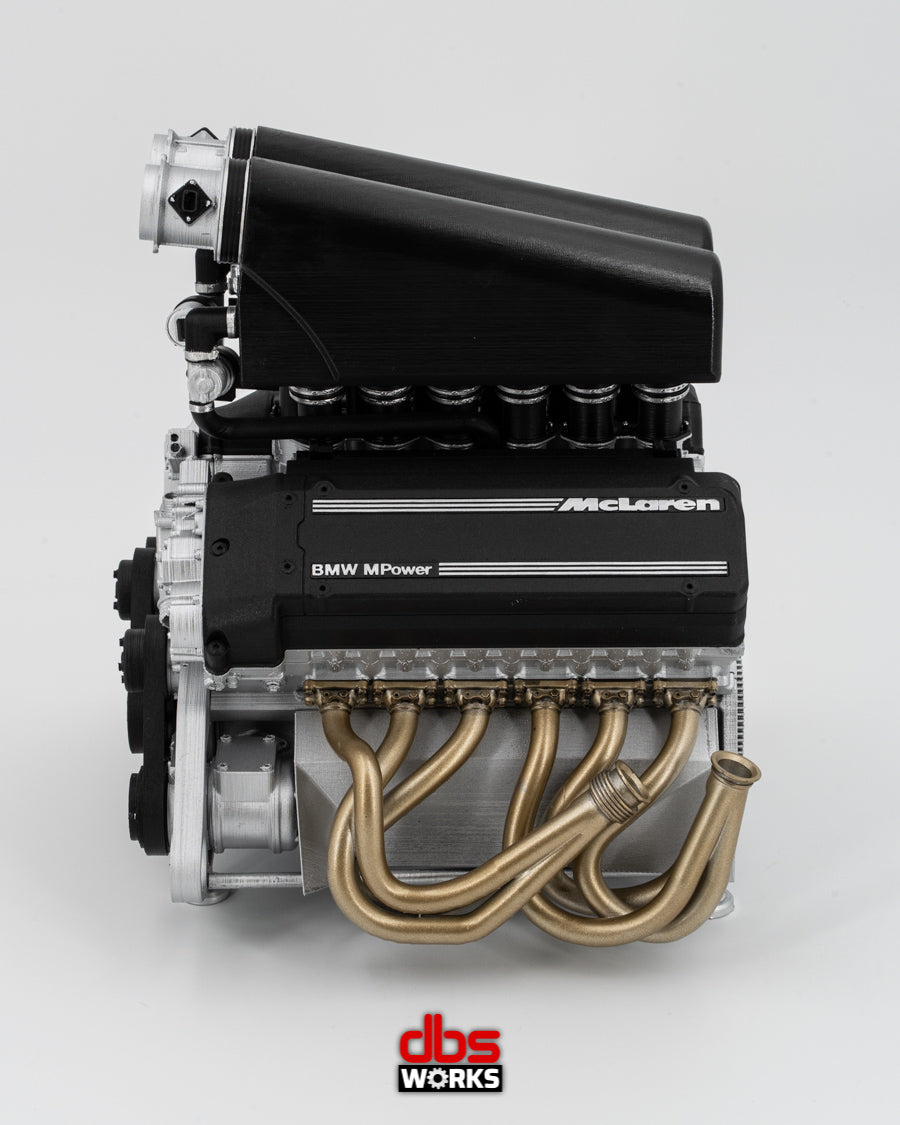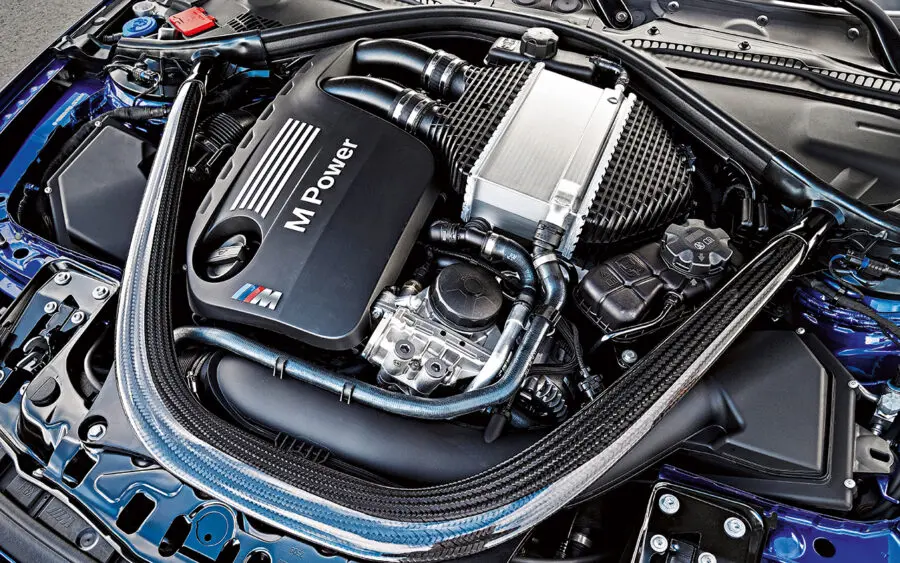Revealing the Intricacies of Next-Generation Power Units: a Deep Study Advanced Engine Technologies and designs
In the realm of automotive engineering, the ruthless quest of efficiency, efficiency, and sustainability has thrust the development of power systems to extraordinary elevations. As we depend on the precipice of a brand-new era in transport, the intricacies of next-generation engine layouts beckon us to explore the cutting-edge innovations and advancements that promise to redefine the driving experience. From sophisticated products that press the borders of longevity and weight reduction to advanced turbocharging and supercharging systems that raise power output to new levels, each element of these power units holds a vital to opening the future of auto design. Delving much deeper right into the realms of discharge control, intelligent engine management systems, and the horizon of power device advancement, we find ourselves on the cusp of an improvement that guarantees to reshape the landscape of mobility as we know it.
Evolution of Engine Materials

The change towards progressed engine materials has also enabled designers to develop engines with higher power outcomes while maintaining fuel efficiency criteria. As an example, the usage of light-weight materials decreases the overall weight of the engine, causing boosted fuel economy and lower discharges. In addition, improvements in materials innovation have actually enabled far better thermal management within engines, resulting in increased integrity and long life.
Turbocharging and Supercharging Technologies
Just How do Turbocharging and Supercharging Technologies revolutionize engine performance and efficiency in modern-day lorries? Turbo charging and turbocharging are innovations that substantially boost engine efficiency by boosting the quantity of air intake into the burning chamber. Turbocharging attains this by making use of a generator driven by exhaust gases to pressurize the consumption air, while supercharging makes use of a belt- or chain-driven compressor to achieve the exact same impact.
These modern technologies enable smaller, much more fuel-efficient engines to generate power equivalent to bigger ones, known as downsizing. Forcibly more air into the cyndrical tubes, turbocharging and turbo charging boost combustion efficiency, causing raised horse power and torque output without a substantial boost in engine size. This leads to far better acceleration, hauling ability, and overall driving performance.
Additionally, supercharging and turbocharging add to improved gas effectiveness by permitting the use of smaller engines that consume less gas under regular driving problems - bmw engine. This mix of enhanced performance and effectiveness has actually made turbocharging and supercharging important elements of many contemporary engine designs
Exhaust Control and Environmental Influence
With enhancing international concerns concerning air top quality and environmental sustainability, the execution of discharge control innovations in automobiles plays a crucial function in minimizing dangerous toxins launched right into the environment. Modern vehicles are outfitted with sophisticated discharge control systems that assist reduce the ecological influence of automotive procedures. Catalytic converters, as an example, are developed to transform poisonous gases such as carbon monoxide gas, nitrogen oxides, and hydrocarbons into less unsafe substances like co2 and water vapor.
Additionally, developments in engine technology, such as the integration of exhaust gas recirculation systems and selective catalytic reduction, have significantly added to reducing exhausts. These innovations operate in tandem to enhance combustion effectiveness and reduce the launch of Visit Website dangerous toxins right into the air. Furthermore, the advancement of crossbreed and electrical automobiles represents an important action towards lowering the general ecological footprint of the transport field.
Intelligent Engine Monitoring Solution

Furthermore, these systems enable vehicles to satisfy stringent emissions criteria without jeopardizing performance, providing a more environmentally pleasant driving experience. The combination of expert system and device knowing capabilities in engine administration systems proceeds to push the boundaries of what is feasible, resulting in more improvements in effectiveness, integrity, and general lorry performance. bmw engine. As automobile technology advances, intelligent engine management systems will play a critical duty in shaping the future of transport in the direction of a more reliable and sustainable direction
Future Trends in Power Device Advancement
As intelligent engine monitoring systems pave the way for improved control and optimization in modern cars, future trends in power device growth are positioned to redefine the landscape of automobile propulsion innovations. One of the vital fads driving development in power unit development is the shift in the direction of electrification. With a boosting concentrate on sustainability and minimizing carbon discharges, crossbreed and electrical powertrains are coming to be more common in the vehicle industry. These alternate power resources offer boosted efficiency and performance while aligning with strict environmental guidelines.
An additional substantial trend is the combination of innovative materials and producing methods. Lightweight products such as carbon fiber and light weight aluminum are being made use of to reduce general automobile weight, boosting gas effectiveness and performance. Additionally, improvements in 3D printing and additive manufacturing are allowing the production of complex engine parts with greater precision Get the facts and sturdiness.
Furthermore, expert system and device discovering are playing an essential role in maximizing power system performance. These innovations enable real-time monitoring and flexible control, resulting in more effective and dependable power distribution. In general, future trends in power unit advancement are geared towards sustainability, efficiency, and performance, driving the automotive industry towards a brand-new age of propulsion technologies.

Verdict
In final thought, the advancements in engine products, turbocharging, exhaust control, and intelligent management systems have led the way for next-generation power units. The elaborate designs and innovations in contemporary engines showcase the ongoing evolution of automotive modern technology.
Exploring the progressive advancements in engine materials has actually been essential in enhancing the efficiency and performance of modern engines. Over the years, the advancement of engine products has actually played a critical role in pushing the limits of what engines can attain.The shift towards progressed engine products has actually also allowed designers to create engines with greater power outcomes while maintaining gas efficiency standards.The application of smart engine management systems in contemporary lorries has actually revolutionized the means engines are managed and optimized for performance and efficiency. By collecting information in real-time and analyzing it with sophisticated formulas, smart engine management systems can adapt to driving designs, environmental aspects, and engine health and wellness to make the most of power outcome while decreasing fuel intake and discharges.